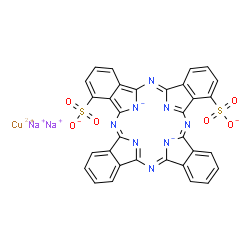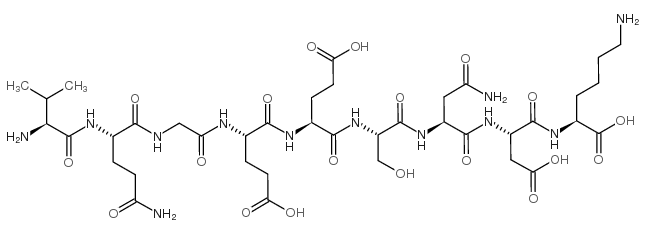| 结构式 | 名称/CAS号 | 全部文献 |
|---|---|---|
 |
溶剂蓝38
CAS:1328-51-4 |
|
 |
β-Interleukin I (163-171), human
CAS:106021-96-9 |